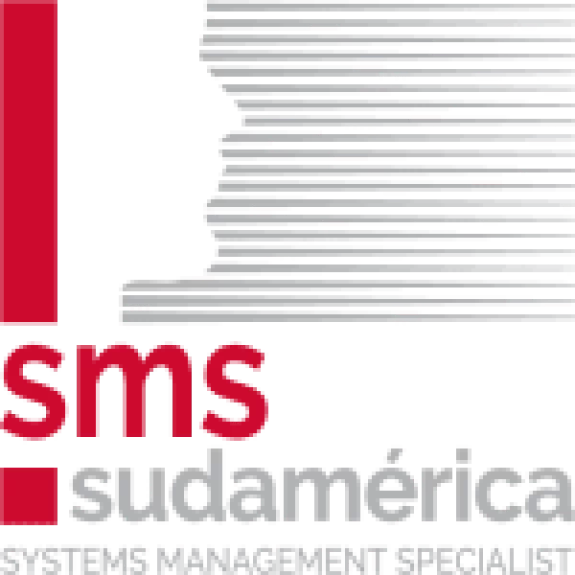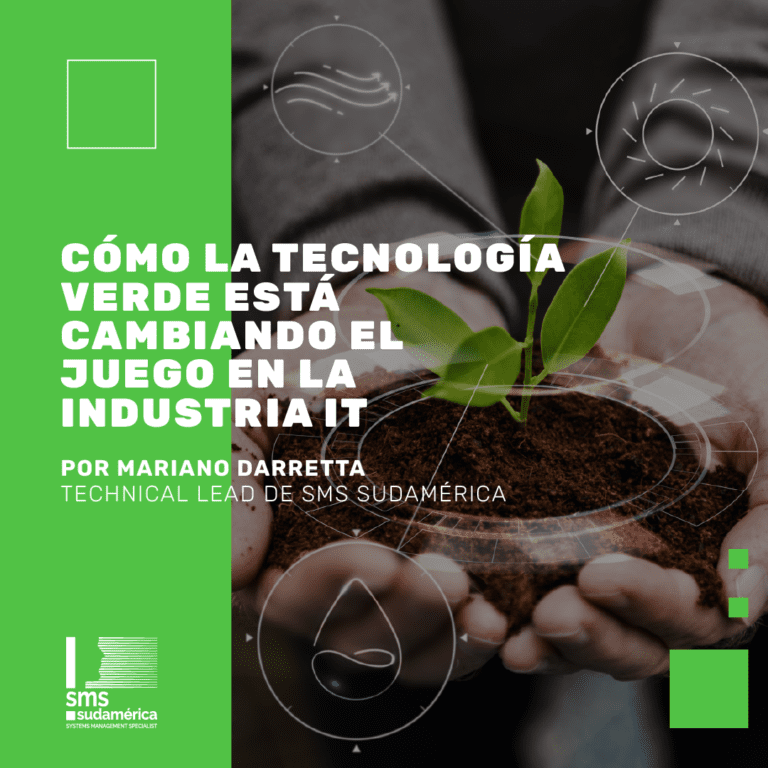When we talk about measuring the impact that human activities have on the environment in terms of the amount of gases produced, expressed in tons of carbon dioxide, we cannot overlook the responsibility we have in the world of technology.
With technology changing so rapidly and, in addition to this, technology becoming cheaper, planned obsolescence ends up producing a greater tendency to replace electronic products. This generates an enormous amount of electronic waste from obsolete technologies and products that cannot be recycled in their entirety since many of these are not developed with clean technologies and are not always free of hazardous substances, which pollute the earth, air, and water.
Green technology has become a priority for IT companies worldwide. The need to adopt more sustainable solutions has become evident as climate change and environmental degradation continue to threaten our planet. These are some of the green technology trends that we consider important for the industry:
Green Software
It corresponds to the set of green practices in the development of applications whose premise is the use of simple routines and instructions that do not require forcing the mathematical operations of the microprocessor, since these end up raising its temperature and consuming more energy. In general, Green Software refers to any software that is designed to minimize its carbon footprint and reduce its impact on the environment.
One of the most common examples is web browsers such as Google Chrome, Firefox, and Safari. These are designed to consume as few computer resources as possible, which helps reduce the amount of energy needed to run them and therefore reduce their carbon footprint. These browsers use optimization techniques to reduce the amount of power they consume, such as efficient use of RAM and hardware acceleration.
Another example of Green Software is lightweight operating systems, such as Linux and Ubuntu. These operating systems are designed to run on less powerful hardware, making them more energy efficient. In addition, many lightweight operating systems also have built-in power-saving features, such as the ability to automatically shut down hardware components when they are not in use.
Cloud Computing
It is a form of distributed computing that provides its users with the ability to use a wide range of resources on computer networks to complete their work. Resources are dynamically scaled and provided as a service over the Internet. Users do not need knowledge, experience, or control of the technological infrastructure. By using cloud computing, companies become greener because they decrease their energy consumption by increasing their capacity, without the need to invest in more infrastructure.
Google Cloud Platform (GCP) provides users with a wide range of cloud computing services and tools to run applications, store data and process information in a scalable and secure infrastructure, such as a web application. A user can create a virtual machine instance in GCP, install the necessary components, such as a web server and database, and then deploy their application to the virtual machine instance. The application will run on GCP’s infrastructure and will be available for use over the Internet.
Another example of GCP use is for large-scale data processing. This platform provides services such as BigQuery, which allows users to store and analyze large data sets, and Dataflow, which allows users to create real-time or batch data processing pipelines. GCP also offers artificial intelligence and machine learning services, such as AutoML and TensorFlow, which allow users to build and train machine learning models and deploy them in their infrastructure.
Virtualization
It is a technology that shares computing resources in different environments allowing different systems to run on the same physical machine. Creates a single physical resource for servers, storage, and applications. Virtualization allows the operation of multiple servers on a single physical server. If a server is used at a percentage of its capacity, the extra hardware can be distributed to build multiple servers and virtual machines. Virtualization helps reduce the carbon footprint of the data center by reducing the number of physical servers and consolidating multiple applications into one, thereby consuming less power and requiring less cooling. In addition, a higher rate of resource utilization and space savings is achieved. The adoption of virtualization is driven by the need to reduce costs, increase the speed of application deployment, and reduce the impact on the environment by reducing the carbon footprint of organizations.
Suppose a company has 100 employees who need to access a set of business applications running on different servers. Instead of installing these applications on each individual device, the company could implement a virtualization solution. This allows you to create multiple virtual machines (VM) that share the hardware resources of a physical server. The company could install the applications on separate VMs and allow employees to access them via an Internet connection from their devices. In this way, employees can access applications from anywhere, at any time and on any device.
Virtualization has multiple benefits for companies. For example:
- Reduces the cost of hardware acquisition and maintenance
- Enables server consolidation
- Ease of administration of VMs.
- Helps reduce the impact of pollution on the environment.
Client – Server
The client-server environment, sometimes referred to as a thin client, maintains the software, applications, and data on the server. Information can be accessed from any location and the client does not require much memory or storage. This environment consumes less energy and cooling. Thin clients together with virtualization will significantly reduce energy consumption.
Suppose a company needs to store and process large amounts of data. Instead of doing this on each individual device, the company could implement a client-server solution. In this, data is stored on a centralized server, and individual devices (the clients) access the data through an Internet connection. Client devices provide an interface for users to interact with the data.
Client-server architecture has multiple benefits for enterprises. For example:
- Reduces the cost of hardware acquisition and maintenance.
- Facilitates system administration.
- Reduces the time and costs associated with managing multiple devices.
- Helps reduce the impact of pollution on the environment.
At SMS Sudamérica we are convinced that the trend towards Green Technologies or Green computing is just around the corner, giving rise to Green Management with the purpose of promoting products and services whose technological patents are environmentally friendly, thus achieving considerable reductions in the company’s carbon footprint.
Note by: Mariano Darretta

